our coffee
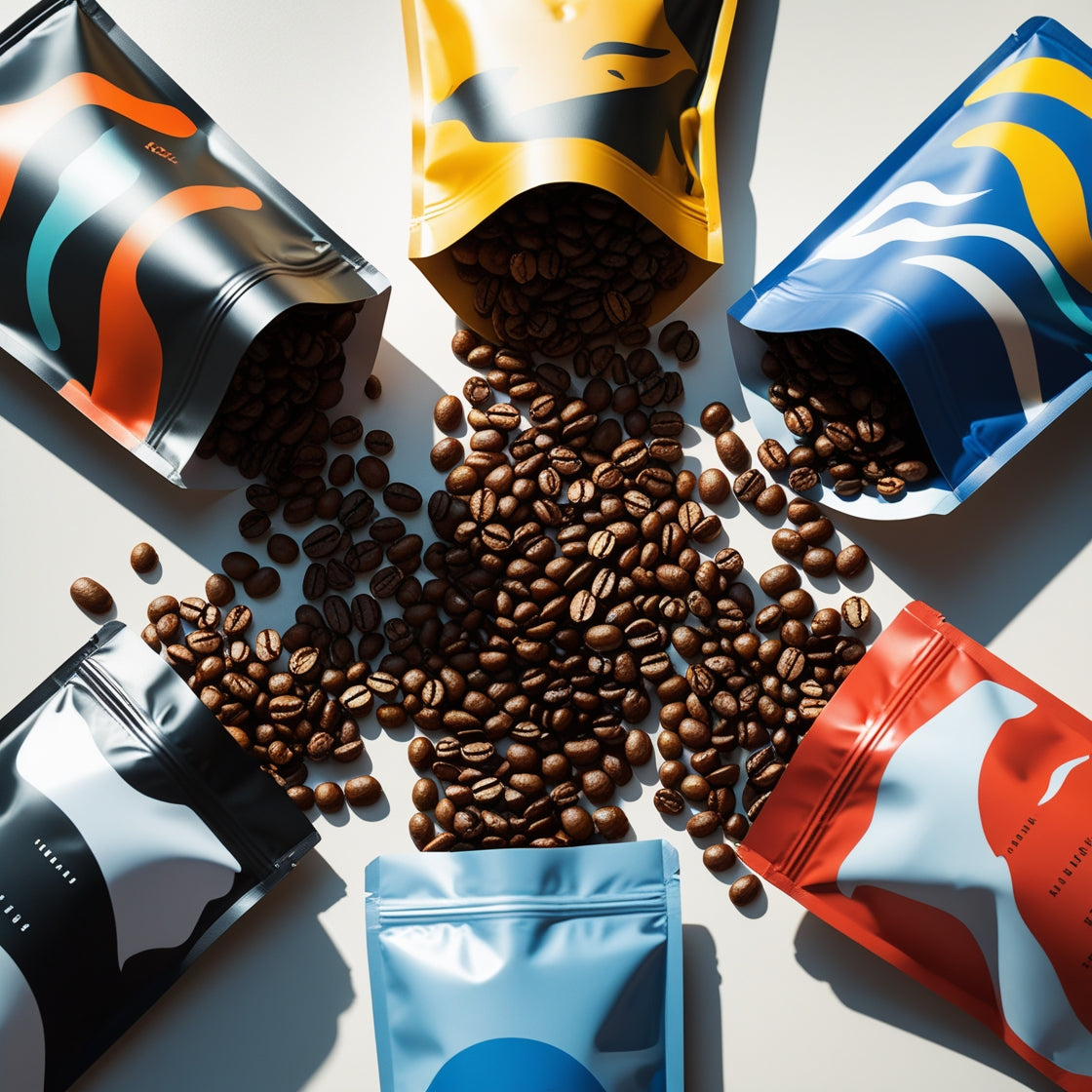
our coffee – Choc the Bean
One blend. Hundreds of designs. Always the same inside.
Some people fall in love with the packaging. Others with the flavor. We obsess over both — but what’s in the bag never changes.
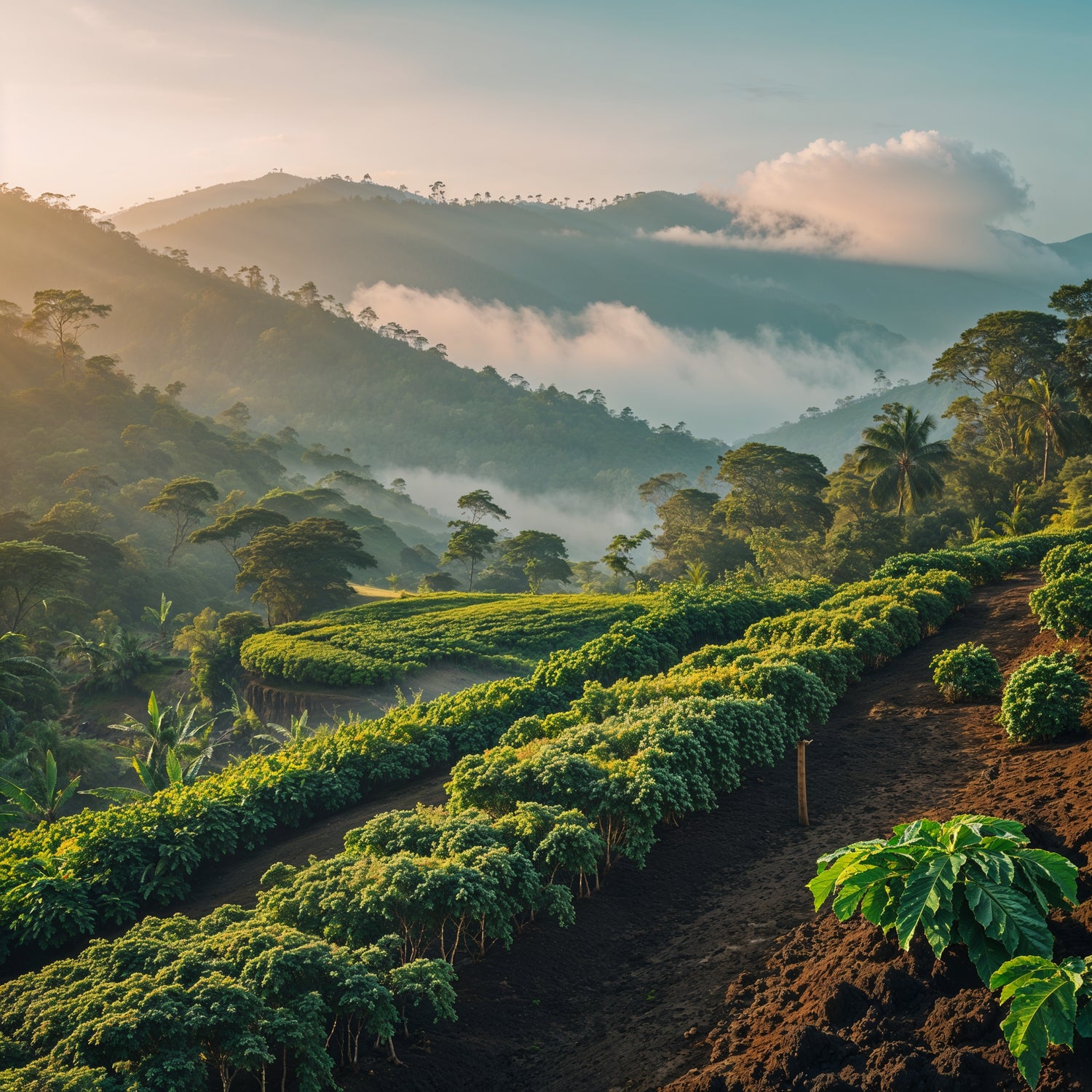
the origin
Our beans come from Wayanad, Kerala in South India — a region steeped in coffee history since the 1600s. Nestled between 950 and 1,300 meters above sea level, the farm we source from is surrounded by rainforest, volcanic soil, and monsoon winds that bring year-round balance.
Here, coffee grows in biodiverse mixed crops — shaded by banana, pepper, and vanilla plants. This not only protects the soil but also adds subtle complexity to the beans themselves.
Why this place? Because it naturally creates what we were looking for: deep chocolate notes, gentle spice, and a clean, round finish.

the process
Every single bean is hand-picked — not once, but multiple times per harvest. Only cherries at peak ripeness make it into the selection.
We use a washed process, followed by sun-drying on raised beds, where the beans are turned up to 20 times a day. It’s slower. More manual. But cleaner and longer-lasting.
Why washed? Compared to natural or honey-processed coffees, washed beans are more stable in flavor and shelf life. Naturals are fermented in the fruit, leading to fruitier but less predictable results. Honey-processed coffees leave some mucilage on the bean — producing wild, winey flavors that can overpower. We wanted clarity, chocolate, and consistency — and washed processing is how we get it.
Why sun-dried? Mechanical dryers are faster, but they can stress the bean and flatten its complexity. Sun-drying gives a gentler dehydration — and lets nature finish what fermentation started.
Only the top 5% of the crop qualifies for Choc the Bean. No defects. No shortcuts.
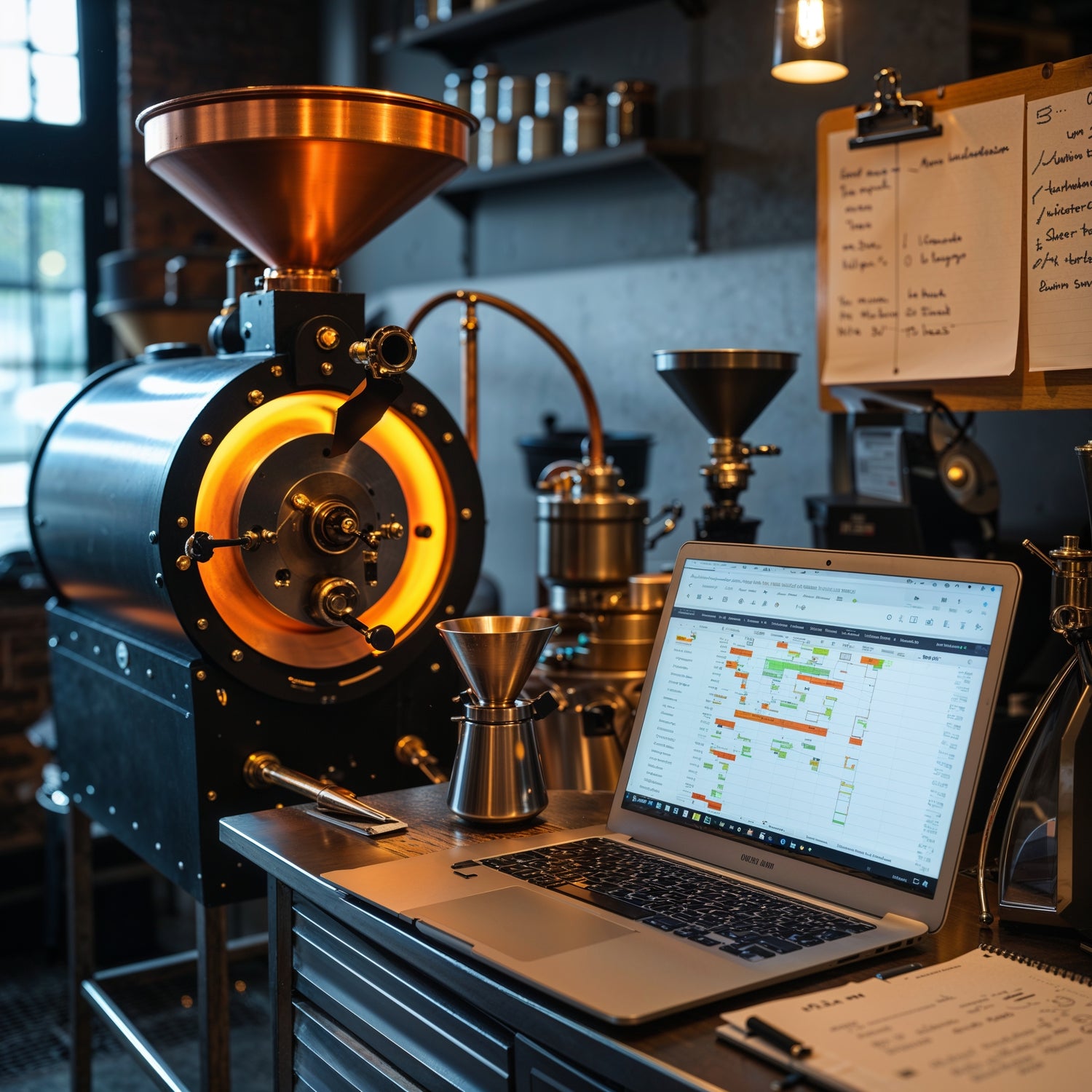
the roast
We tested over 100 roast profiles — tracking, cupping, tweaking, comparing. Some were separated by just 1°C.
What we landed on is a 16-minute drum roast at medium heat — just enough to bring out the natural sweetness and chocolate depth without killing the nuance.
Why drum roasting? Compared to air roasting, it delivers deeper development, less stress on the bean, and richer body. Air-roasted beans can be brighter and faster to prepare, but often lack the roundness and density we wanted.
Also: yes, we built a spreadsheet to track all tests. No, we’re not proud of that. Okay, maybe a little.
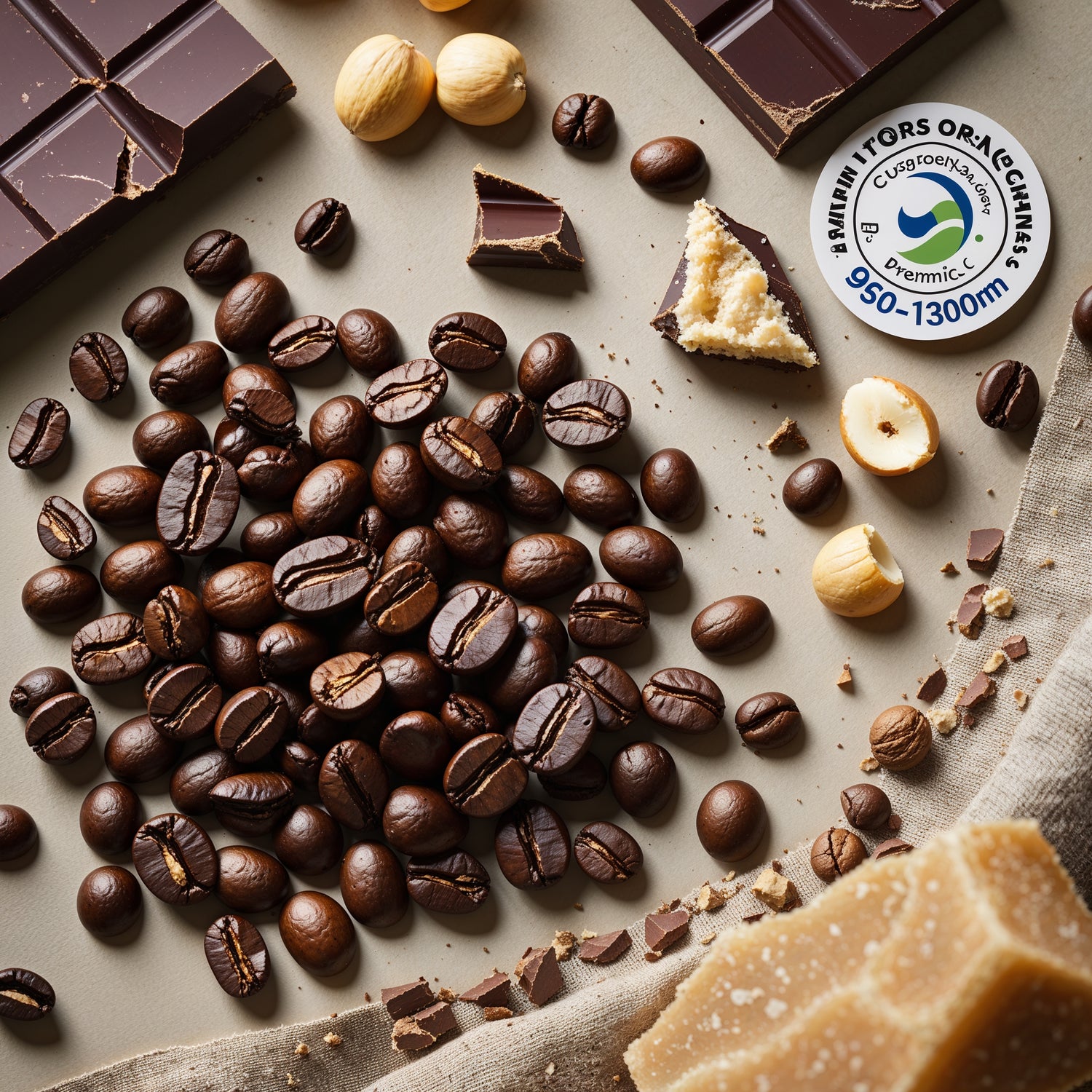
the blend
- 70% Arabica / 30% Canephora (Robusta)
- Certified EU Organic & UTZ
- Washed, hand-picked, sun-dried
- Grown at 950–1,300m elevation
- Roasted: 16 min, drum-roasted
Tasting Notes: Dark chocolate, hazelnut, nougat
Acidity: Very low (1/5)
Body & Strength: Creamy, bold, 4/5 intensity
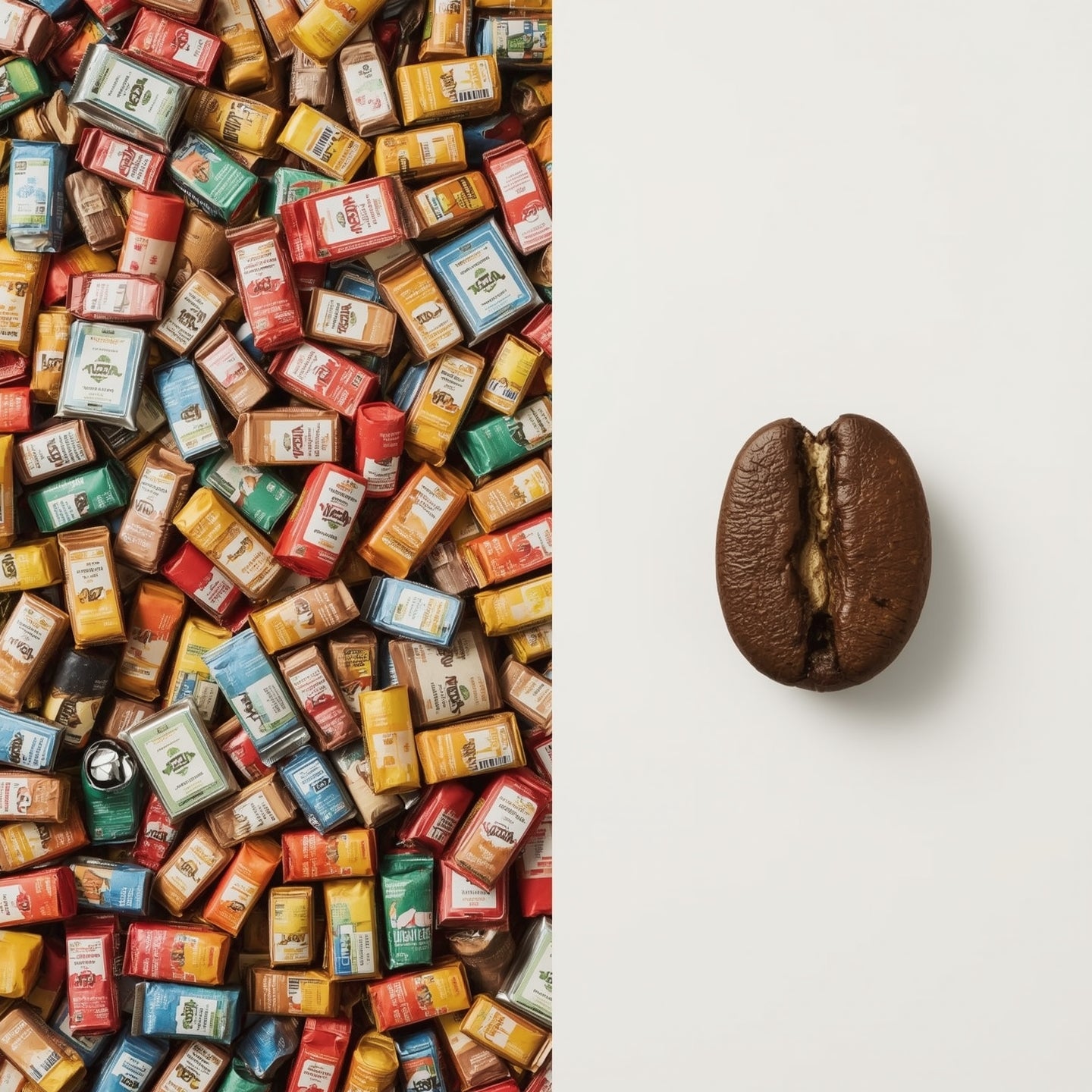
the philosophy
We chose to create one perfect blend — not five rotating ones. Why?
Because great coffee is like great design: it doesn’t need to change.
It needs to hold up, cup after cup — whether you’re brewing for yourself, or serving friends who don’t know what Canephora is (yet).
We don’t hide behind roast dates, origins of the month, or tasting wheel jargon. We just make the one we think is best — and then put it in a new outfit.
Choc the Bean is the same coffee, wrapped in hundreds of different AI-generated designs.
Because flavor doesn’t need to change to stay exciting.
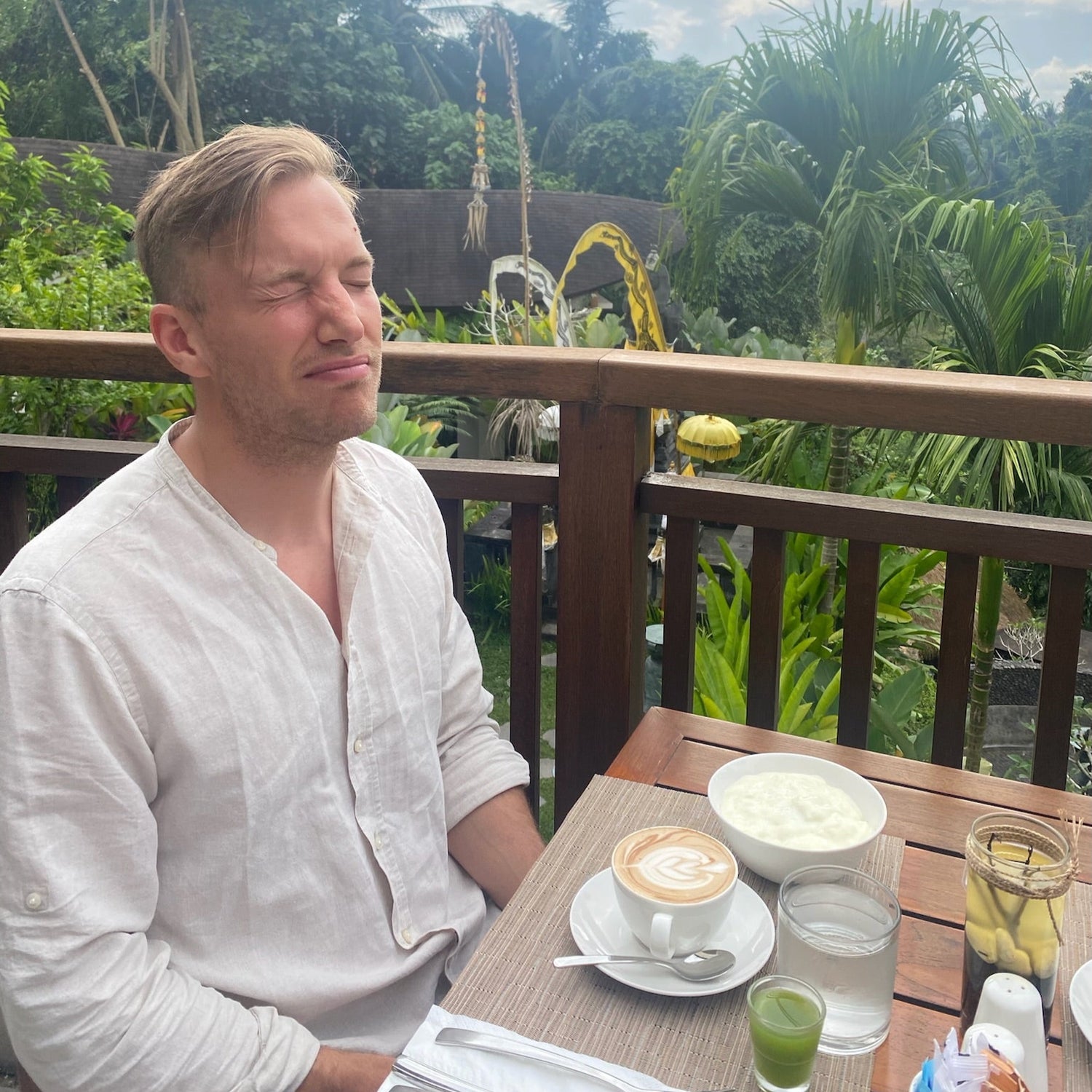
fun (but true) facts
- Our founder is caffeine-sensitive. One cup too many and the day’s a write-off. That’s why this coffee had to work on the first try, every time.
- Our sourcing region has wild elephants. Not metaphorical ones. Real ones.
- Robusta gets a bad rep — but it’s what gives our blend that creamy punch (and extra caffeine).
- We tried roasting with a profile called "#87sweep". It tasted like popcorn. Never again.
- The water used for fermentation comes from clean mountain streams — no additives. Just nature.
- We only accept beans that pass 3 levels of sorting. Yes, there’s a guy whose job it is to reject things.
- The roast curve that made it into production was tested 27 times in a row in one week. Never again, part II.
